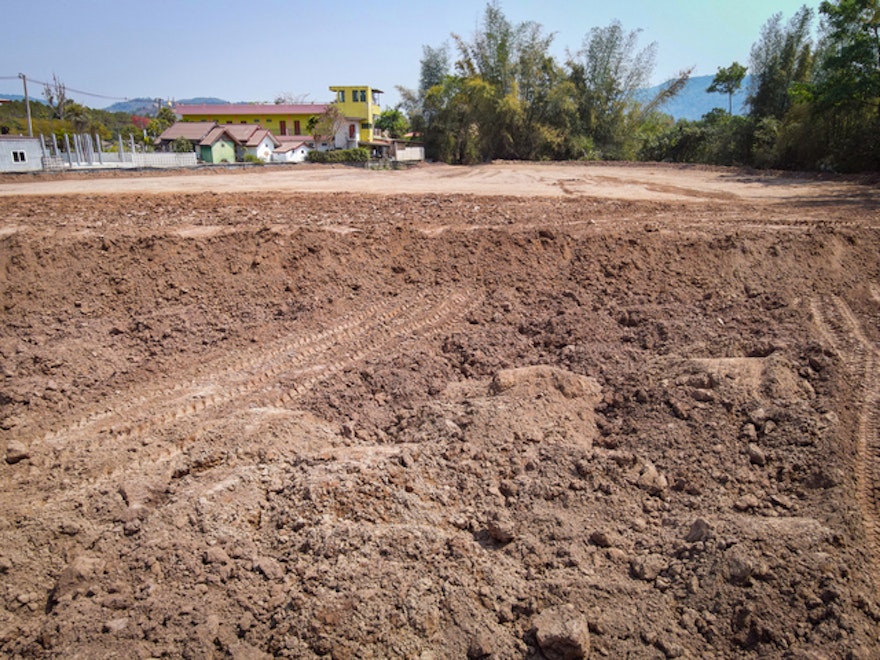As a property owner in Melbourne, it's crucial to stay informed about the various taxes and regulations that may impact your investments. One such tax that has recently undergone significant changes is the Vacant Residential Land Tax (VRLT). In this blog post, we'll delve into the details of the VRLT, its implications for property owners, and what you need to know to navigate this tax effectively.
What is the Vacant Residential Land Tax?
The VRLT is an annual tax imposed on residential properties in Victoria that are left vacant for more than six months in a calendar year. The tax was initially introduced in 2017 to address housing affordability issues in Melbourne's inner and middle suburbs. However, as of 1 January 2025, the VRLT has been expanded to apply to all vacant residential land throughout Victoria.
How is the VRLT calculated?
The VRLT is calculated based on 1% of the Capital Improved Value (CIV) of the taxable land. For example, if a vacant property has a CIV of $750,000, the VRLT would amount to $7,500 per year. This tax is in addition to any general land tax that may apply to the property.
What properties are subject to the VRLT?
Residential land that is considered vacant for more than six months in a calendar year is subject to the VRLT. This includes:
- Land with a home that is unoccupied
- Land where a home is being renovated or reconstructed
- Land where a former home has been demolished and a new home is being built
It's important to note that the six months of vacancy do not need to be consecutive for the VRLT to apply.
Are there any exemptions?
Yes, there are several exemptions that may apply to the VRLT. One notable exemption is the holiday home exemption. If the owner or a relative uses and occupies the property as a holiday home for at least four weeks in the preceding year, the property may be exempt from the VRLT. However, the owner must also have a principal place of residence elsewhere in Australia for this exemption to apply. Other exemptions include:
- Properties that change ownership during the calendar year
- Land that becomes residential land during the calendar year
- Land used and occupied by the owner for work purposes for at least 140 days in the calendar year
What happens if a property remains vacant for multiple years?
If a property remains vacant for consecutive years, the VRLT rate increases. For properties that are vacant for two consecutive years, the rate increases to 2% of the CIV. If the property remains vacant for three or more consecutive years, the rate further increases to 3% of the CIV.
What should Melbourne property owners do?
As a property owner in Melbourne, it's essential to assess your properties and determine whether they may be subject to the VRLT. If you own a vacant residential property, consider whether any exemptions apply to your situation. If not, it may be worth exploring options to occupy or lease the property to avoid the VRLT. If you're unsure about how the VRLT applies to your specific circumstances, it's advisable to seek professional advice from a qualified tax specialist or conveyancer. They can help you navigate the complexities of the VRLT and develop a strategy to minimise your tax liabilities.
How Pearson Chambers Conveyancing can help
At Pearson Chambers Conveyancing, our experienced team is well-versed in the intricacies of the VRLT and other property-related taxes in Victoria. We can provide you with expert guidance and support to ensure that you're meeting your obligations and maximising your property investments.
For more information about the VRLT or to discuss your specific property needs, please don't hesitate to contact us. We offer a free Section 32 contract review and are always happy to answer any questions you may have. Phone: 03 9969 2405 or Email: contact@pearsonchambers.com.au
Don't let the VRLT catch you off guard. Take action today and ensure that your Melbourne property investments are working for you, not against you.
